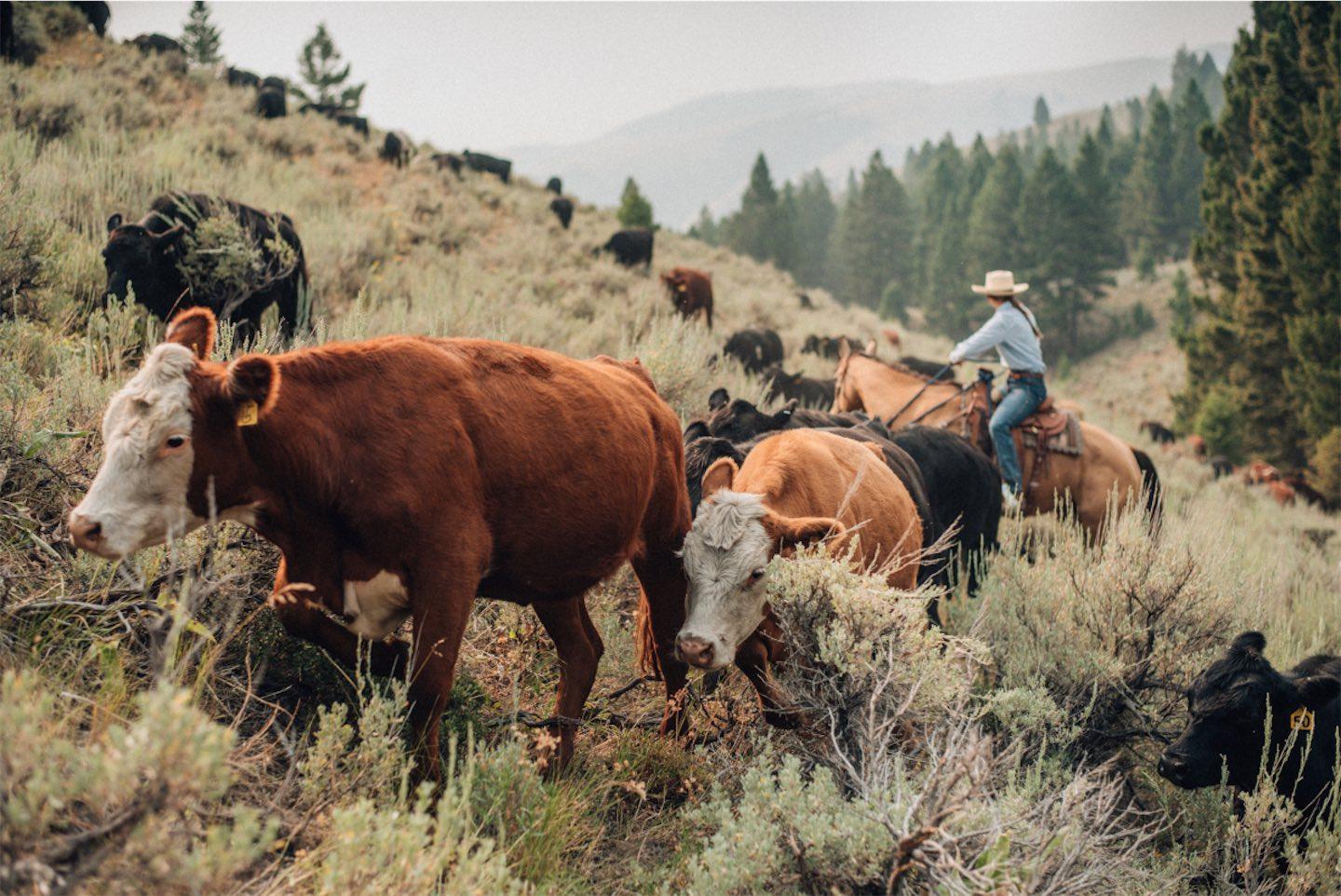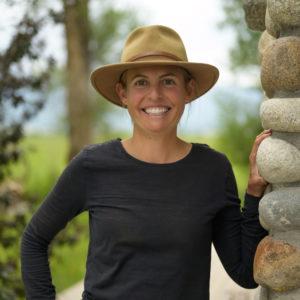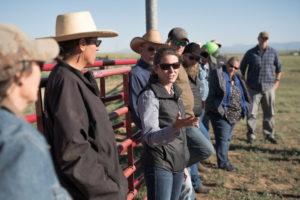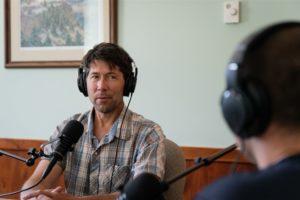Synopsis
In this episode, Alex and Jared dive into techniques that can help ranchers reduce conflicts between wolves and livestock. They’ll explore how a new spin on an old tool increases the effectiveness of fencing, how putting riders back on the range can have a multitude of benefits, and how one valley in Montana is working together to compost carcasses to reduce attractants on the landscape.
But applying these tools takes know-how, money, and time. Who pays for conflict reduction efforts that support both wildlife and working lands?
Links and references from Old World tools to new world technology
Seeing Red: Montana ranchers and the line between conflict and coexistence, by Rob G. Green in On Land
Turbo fladry fact sheet from University of California Cooperative Extension
Western Landowners Alliance presents the Conflict on Workinglands CIG team webinar series on Fencing & Fladry, Range Riding, and Carcass Management
Panel discussion with range riding practitioners from the Range Riding webinar
Madison Valley Ranchlands Group
Electric mats project video by the Blackfoot Challenge
Composing a recipe for conflict a reduction from On Land
The Four C’s of Conflict Reduction by Western Landowners Alliance
Credits
Working Wild U is a production of Montana State University Extension and Western Landowners Alliance with support from the Arthur M. Blank Family Foundation, Western SARE and you, our listeners.
Today’s episode was directed and edited by Zach Altman and produced by Matthew Collins, Zach Altman, Alex Few, Jared Beaver, and Abby Nelson. With editing support from Kathleen Shannon.
Our hosts are Jared Beaver and Alex Few.
Louis Wertz is our Executive Producer. Music is from Artlist and Blue Dot Sessions.
Special thanks to Don Gittleson, Nelson Shirley, Chet Robinson, Kyle Tackett, Matt Moen, and Linda Owens.







